The fatal crashes of the Boeing 737 MAX passenger aircraft and the recent Alaska Airlines Flight 1282 incident, in which a door-plug blew out after take-off, are consequences of Boeing’s systemic incentivization of profits over safety. Katya Schwenk, reporter at The Lever, discusses the policies of recent administrations to enable Boeing’s industry takeover and criminal negligence, as well as similar practices of covering up safety issues in the shipping industry, which potentially led to the Dali cargo ship’s collapsing of the Francis Scott Key Bridge in Baltimore.
Talia Baroncelli
You’re watching theAnalysis.news, and I’m your host, Talia Baroncelli. Joining me today is a reporter from The Lever, Katya Schwenk. She’ll be joining me to speak about the liability and monopolization issues around the Boeing crashes, the cargo ship that crashed into the Baltimore Bridge, as well as slush money funds, funding police departments in the United States.
We really can’t do any of this work without you. If you’re in a position to donate, please go to our website, theAnalysis.news, and hit the donate button at the top right corner of the screen. Most importantly, get onto our mailing list; that way, you’re always up to date every time a new episode drops. Like and subscribe to the show on Apple, Spotify, or on YouTube. See you in a bit with Katya Schwenk.
Joining me now is Katya Schwenk. She’s currently a reporter at The Lever, which was founded by David Sirota. She has previously contributed numerous pieces to The Intercept, The Baffler, and also worked at the Phoenix New Times. Thank you so much for joining me today, Katya.
Katya Schwenk
Thanks for having me.
Talia Baroncelli
You’ve been doing a lot of reporting on the Dali, which is a Singaporean flagship, which actually lost power and then subsequently crashed into the Francis Scott Key Bridge in Baltimore, ultimately killing six out of the eight workers which were on the [bridge].
I think it was yesterday that the FBI launched an investigation into the ship. The crew members of the ship had been on the ship since March 26, if I’m not mistaken. The FBI got a warrant, and they’ve gone onto the ship to try to investigate whether there was some electrical dysfunction.
At the same time, you have a U.S. attorney’s office in Maryland launching a criminal investigation into the incident to see if the crew members actually knew that there were these sorts of electrical issues when they started leaving the Port of Baltimore. According to U.S. law, you can’t operate a ship and leave a Port if the ship is not considered to be seaworthy or worthy for the journey and following all the necessary safety protocols.
What do you know of the investigation so far and the electrical issues which were also on the ship?
Katya Schwenk
It seems clear at this point that the electrical issues were really the main driver of what caused this really devastating crash and then the collapse of the bridge. We know that the ship lost propulsion minutes before it hit the bridge, just enough time for the crew to call some of the folks working on either side of the bridge to stop traffic, but ultimately, they were not able to stop the ship before it collided with the bridge.
It seems these investigations are both in their early stages. We don’t know. There are many details that are still yet to be uncovered here. It does seem that it was really electrical issues with the ship for the main cause of the crash at this point.
We have, as you said, the FBI now investigating. There are some indications, according to reporting by the Associated Press who cited an anonymous source, that the crew of the ship was aware of electrical issues on the ship before it left the harbor in Baltimore on that day.
As you said, if the crew had been aware that there were these problems on the ship before leaving on this journey, that could raise some serious questions about liability. In the case of Baltimore, which is trying to seek damages from the ship’s owners, if the ship was found to be aware of these issues, it could lead to problems of them being held liable for those damages and have implications for the FBI’s criminal probe into the crew and the ship’s owners.
Talia Baroncelli
Yeah, there are a lot of really fascinating and strange aspects of this case. I think you reported at The Lever that the Singaporean company or the owner of the ship, so not the company which is charting the ship, which is a Danish company, Maersk, but the owner of the ship has invoked an 1851 maritime law to cap the ship’s liability of collapsing the bridge and limit the liability to the value of the vessel’s remains, which would currently be a total of $43.6 million U.S. dollars. This would essentially mean that the city would not be able to file for damages or claim damages against the ship’s owner, and neither would the families of the victims. Do you know much about this weird maritime law and the legal loophole? Has it been used in previous contexts?
Katya Schwenk
Yeah, this law has a long history, and it sounds complicated and archaic, as it is an old maritime law. It actually is really important because, as you said, we have this law on the books from literally more than 100 years ago, from the 1800s, that allows the owners of ships to limit the damages that they pay, even if they were, as happened in Baltimore, responsible for very, very serious destruction to property, or even more importantly here, the loss of lives of people, of workers, construction crew who were on the bridge.
For decades since the law was passed, ships have invoked it as a way to avoid paying damages. Most famously, it was used literally by the owners of the Titanic to limit the payout that they owed the passengers. The idea behind the law when it was passed was it was a very different time, far less technology in terms of shipping. Owners had less access to information about conditions and the seaworthiness of the vessels. But now, it’s very easy for ship owners to monitor ships. They have access to Maritime Insurance.
A lot of experts say, “We don’t really need a law like this on the books.” But the shipping industry, anytime reforms have been proposed, has lobbied very hard to keep it on the books. As you said, the owner of this ship in Baltimore, which is essentially what seems to be a shell company in Singapore, is using this law to say, “The price to rebuild the bridge is probably in the hundreds of millions of dollars. Of course, there may be damages that we could owe the families of those who lost loved ones, but we think that our damages should be kept at far less than that, at only 43 million, because of this old law that allows us to do that.” It raises real concerns about how we are going to make sure that this shipping company is held accountable.
Talia Baroncelli
Do you know why this shell company was set up in Singapore? Was it presumably to pay fewer taxes? Do you know anything about that?
Katya Schwenk
Yeah. The shipping industry is full of companies like this. Because it is incorporated there, it allows you to obscure who the ultimate owner might be. We know that this company, Grace Oceans Limited, owns more than 50 other ships. But because it is incorporated, and they do business, of course, all over the world, we have very limited access to the ownership information because of where it’s chosen to incorporate.
Talia Baroncelli
Obviously, we don’t know all that much about the FBI’s investigation right now because it’s in its early stages. I did see reporting as to the contents of the containers on the ship. Apparently, they were transporting lots of different hazardous materials, Class 9 hazardous materials, which would be very corrosive or potentially explosive. And 476 of those containers contained hazardous material destined to be taken to; I think it was Sri Lanka and disposed of there, probably in an unlawful way, in a way that’s obviously not good for the environment and not following certain procedures and laws. I don’t know if it was a transportation board that was monitoring the waste, but do you think that the FBI’s investigation has anything to do with the perhaps illicit transport of this toxic waste?
Katya Schwenk
Yeah, I don’t know if we know. I’m sure it’s something that they’re looking at. I don’t think we know at this point if it’s a significant part of their investigation. But yes, as you said, the National Transportation Safety Board, the federal officials that monitor disasters like this, have said that there were more than, I believe, 700 tons of potentially hazardous material.
We don’t know at this point what that material was, and we don’t know how much of it could have ended up in the waters. I think all the local officials have said was that there was some sheen, you can imagine, like an oil-glistening look on the waters around the ship. That’s all the information that’s been released so far about how the hazardous materials have come in contact with the water and whether they could pose those kinds of safety concerns. I really think there should be more transparency around that. I think the public really deserves to know what was in those containers and were any of them compromised during the collapse.
Talia Baroncelli
You also did reporting on the Danish company that charted the ship, the Maersk company. Apparently, there were numerous accounts of people trying to report unsafe working conditions on the ship, and there was even a whistleblower or several. Could you speak about that as well?
Katya Schwenk
This is the Danish company, not the one that owned the ship but, as you said, that chartered the ship. It was managing its path from Baltimore to Sri Lanka. Yes, we found that in the wake of the collapse, we began looking at Maersk’s record in this area. They have faced allegations in the past and, in fact, faced sanctions by federal officials in the U.S. for violating labor law.
One of the most egregious cases of this was for a long time, it seemed that this company had a policy that if workers on a vessel had issues or safety concerns, they were to go to Maersk and its management first before they contacted the Coast Guard or other U.S. authorities, which by the Department of Labor is a complete violation of the law. Ultimately, they had, I think, fired or sanctioned a whistleblower who had gone to the Coast Guard with his concerns that were pretty serious concerns about safety issues on a vessel. After being sanctioned, the Maersk rolled back that policy. I think it really speaks to some questions that are lingering about treatment of workers on this company’s ships and whether that played a role at all in what happened in Baltimore.
Talia Baroncelli
A lot of the stories you report on, either directly or indirectly, deal with the effects of monopolization or finding legal loopholes or corporate liability and corporations not doing their due diligence and also not maintaining certain standards. It seems like, in certain cases, there isn’t a structure to incentivize safety because perhaps safety isn’t as profitable as outsourcing some of your work to other companies.
This brings me to the case of Boeing, which I know a lot of people have been following and you’ve also done reporting on together with other reporters at The Lever. Going back a few years to 2018 and 2019, people will recall the really deadly fatal crashes of Boeing 737 MAX passenger airplanes, which killed upwards of 350 people as there were two crashes. There was one in 2018 and 2019.
As a result of those crashes, after a few months, the 737 MAX passenger vessels were grounded for something like 20 months or so. This was when Donald Trump was President, and the DOJ, if I recall correctly, launched an investigation right before the Biden administration took power. The result of this investigation was to sign a DPA, a Deferred Prosecution Agreement.
Maybe you could speak about what the issues were at the time. What that particular DOJ investigation was looking into, and perhaps what they overlooked intentionally. Then we can also speak about the recent incident of the Alaska Airlines airplane in which, because of a faulty bolt, a door basically flew off, and there were several other issues with the plane.
Katya Schwenk
I think that’s a sweetheart deal that Boeing got under the Trump administration, which has continued under the Biden administration. It really is emblematic of these issues of failing to hold companies accountable, the ways that companies like Boeing, like these shipping companies, have pushed to limit corporate liability.
As you said, following the awful, devastating crashes of the Boeing planes in which more than 300 people were killed, there was a lot of pressure to launch a criminal probe. The Department of Justice did begin investigating, but what happened instead was they offered Boeing a sweetheart deal, a deferred prosecution agreement. But essentially, the terms of this deal were, as long as you pay a fine and change some policies on paper, we’re not going to take you to trial. We’re going to drop the charges after a couple of years.
However, that deal has come under question in recent months because part of this deal had requirements for Boeing to ensure that both employees at Boeing and its subcontractors were not engaged in any fraud. The linchpin of this case was this fraud claim against Boeing that Boeing had concealed from federal regulators the really serious issues with the flight control system on its plane that led to these deaths and crashes.
Boeing agreed that it was going to ensure that fraud did not continue at both its suppliers and at the company. What did we see in the recent months in the wake of this Alaska Airlines incident, which I think shocked everyone when a panel blew off a Boeing plane? We found that, as something we reported on, there were serious allegations of fraud at the Boeing supplier that had manufactured that plane. Workers said that they were told to misrepresent safety issues.
Now, it seems that federal prosecutors may be reconsidering that sweetheart deal, which is set to expire in June. It’s not clear yet whether that will happen or be rescinded. I think it speaks to how these companies have created this favorable system where they’re not held accountable after incidents, like what we saw with Boeing in 2019 and 2018. I think the fact that we’ve only seen these issues at Boeing continue to persist and continue to be in the media; I think it shows that clearly, these deals and the current way we’ve approached Boeing and companies like it are not working, and they’re not fixing these problems or holding them accountable.
Talia Baroncelli
It seems like Boeing has been covering up a lot of the safety issues it actually knew about. I wonder if this potentially relates to that whistleblower who was found dead. I can’t remember his first name, but Mr. [John] Barnett was found dead while he was making an appearance in court in South Carolina to talk about these issues. He was found dead in his hotel room. Is there any idea of what happened there?
Katya Schwenk
Yeah, it’s a tragic story. In the early stages of that investigation, it indicated at this point that he died by suicide. But of course, I think everyone wants to see a full accounting of what led to his death. But his case, I think, really does illustrate the lack of protections and safeguards for whistleblowers.
His family has said he was under a lot of pressure and stress in those weeks leading up to his death because he had been involved in this fight with Boeing for years. John Burnett, was a quality manager at Boeing, who left the company, I believe, in 2017 after raising some serious safety concerns. I’m sorry, I don’t remember if he left or was fired, but he experienced retaliation from Boeing for raising these safety concerns and launched a whistleblower lawsuit against Boeing. But because the protections for aviation whistleblowers are so bare, and because these cases are not well-resourced, his case dragged on for years and years, it seems that Boeing pushed that to happen.
Eventually, we had gone years without his concerns being addressed, and now he’s been found dead. I think it is really emblematic of a faulty failed system for a whistleblower, whose testimony seems to be more needed than ever. We are seeing allegations time and time again that there have been safety issues that the company, Boeing executives, or Boeing senior employees knew about that were not made public. Whistleblowers are our only way in those situations to get that information to the public.
Talia Baroncelli
Well, I think one aspect of this particular incident with Boeing is the dire consequences of monopolization. Boeing merged with McDonnell Douglas. It was in the ’90s, following the end of the Cold War and the restructuring of different defense contractors under the Clinton administration. You could argue that Boeing is essentially a state-subsidized company because the U.S. government has invested so much money into R&D [Research and development] of the company to get it going. Many great aviation scientists have been involved in developing Boeing airplanes.
At the same time, it seems like what I was mentioning before, these incentive structures aren’t really there to ensure that safety is also profitable for its shareholders. There was a sale in 2005 of Spirit AeroSystems. Boeing sold Spirit AeroSystems; that’s not to be confused with Spirit Airlines. I don’t know if at the time it was purchased by a private equity company or a private equity firm did a lot of investigating in it.
Katya Schwenk
It was.
Talia Baroncelli
How would you say this, I guess, this tendency towards monopolization, which as a result comes with a lot of terrible transparency and lack of oversight. How would you say this has fuelled a lot of the issues that Boeing is currently experiencing?
Katya Schwenk
I think it’s critical to understanding what has happened with Boeing. We’re seeing Boeing prioritize its shareholders over safety because, as you said, that’s what our system has encouraged and allowed it to do. I think the case that you mentioned of Spirit AeroSystems is very emblematic of that and also this trend of continually outsourcing that Boeing has done, outsourcing key parts of the supply chain. The company both gets money for shareholders and avoids liability. I think it’s emblematic of these issues, too.
Spirit AeroSystems, once an important part of Boeing’s supply chain, once its Wichita division, this company was spun off to a private equity firm, two great profits for the executives involved at that time. Then, the private equity firm expanded it, sold it again or sold out its shares and made a lot of money over the years, and left this company with very little oversight from Boeing. I think Spirit AeroSystems is the one who manufactured, the company that manufactured the plane involved in the Alaska Airlines incident. It has had a long history of issues with defects at the company. Now, Boeing is in talks to buy the company back again.
I think that whole saga really speaks to the way that deregulation and this increased focus on shareholders and profit that Boeing has led to this, these really serious concerns about safety.
Talia Baroncelli
Well, there’s also another story that you’ve been reporting on, which I think is really fascinating, particularly in light of the different AI tools that are currently being used in, say, Israel’s onslaught on Gaza. There was a report by Yuval Abraham on these different AI technologies such as Lavender and Where’s Daddy. AI mechanisms and tools are being deployed to increase the amount of targets of Palestinians and Palestinian civilians in the Gaza Strip.
In light of the use of AI, you also reported on the dark money slush funds that are funding the police as well as the purchasing power and the ability of the police to sign contracts with surveillance tech firms to buy these, I would say, probably similar technologies to then use them on marginalized communities and on other individuals when they’re doing their “law enforcement.”
So this particular report was based on a working paper that was undertaken by scholars at the University of Chicago. A sociologist, Robert Vargas, was leading it, and they were looking at 2014 to 2019 tax returns and looking at the nonprofit tax returns of, I guess it would be, of certain private donors and also of the police force to see how much money from private donors has been funneled to the police force. Something like 600 private donors donated to different police bodies throughout the United States, and approximately 461 million U.S. dollars was given to these different police outfits. This is probably an underestimate of how much money is actually going to the police because this is just based on self-reporting.
Why is this significant? The police, obviously, get a lot of public money as well, and the public money goes towards paying the police’s salaries and to resources and all that. Why does it matter that private companies or non-profit entities are secretly giving money to the police to purchase surveillance technology?
Katya Schwenk
I think it’s an issue that is really significant, often one that goes overlooked. I think there’s rightly been quite a lot of focus on the size of police budgets, municipal police budgets, which got unimaginable amounts of public money. In comparison to that, the private funding that police got, which is generally channeled through non-profits like Police Foundation, which might purchase equipment for local police, who might give different gifts to individual officers, might just give funding, like a grant to a police department, that private money. It’s often been less of a focus because it is so small in comparison to these public budgets.
I think what is really significant about this research and what it really demonstrates, as well as work for years by other researchers and organizers who’ve been looking at this issue, this money, this private money, is going to extraneous things that police would probably not be able to get from their public budget. As you said, public budgets are often so large because they’re funding ever higher salaries and ever more overtime for officers. But this private money that police departments get is often used to buy surveillance technology, drones, data analytics, predictive policing software, and the kinds of AI tools that you mentioned as well that are, one, very concerning, that expand the power of the police state and increase over-policing in neighborhoods.
Often this private money comes with less oversight than public money. Depending on the location, because their policies are totally different depending on the city; in some places, private money does not need to be accounted for and is subjected to the same oversight as public dollars, which really allows police to use the slush fund that they can do what they want with.
To your first point, I’ll just say, too, that the AI tools that are being used in Israel, I think this is a really important part of the story because Israeli technology is surveillance technology. Military technology that is used in Gaza is often exported to U.S. police departments. It’s a long symbiotic relationship between those two entities. I think private funding of technology in the U.S. really only allows that relationship to continue. It’s a real issue of concern. I think this new research, which I was really glad to write about, really shows that the amount of private money that police are getting is far greater than we previously understood it to be, and so it raises lots of questions, I think.
Talia Baroncelli
The report deals primarily with municipal police departments, right? Would you say that there are perhaps fewer regulations or oversight mechanisms of municipal departments compared to, say, immigration at the border, ICE officials, or border guards at the border? I’m assuming that, or perhaps I’m wrong, that maybe there aren’t as many slush money funds for ICE in general because they need to declare. There are probably more robust federal oversight mechanisms to declare where they’re getting their funding and how they’re using their public funding to purchase weapons or surveillance technology and that sort of thing.
Katya Schwenk
Yeah, the report did not deal with immigration authorities, but I actually don’t feel that I know enough to really say whether or not the private funding, if there are methods or mechanisms for private funding of ICE and Border Patrol. I think that is another topic that I would like to look more closely at and deserves more scrutiny.
I do think it is clear that quite a lot of this big network of private funding of police is really focused on local police departments, and sometimes even very small town police departments are getting huge grants for different military technologies or tanks and things that we really don’t need. It’s clear that small-town police don’t really need to have it. How funding goes to these local police has been a big focus of the research so far, but I’m not fully sure how it compares to private for federal immigration authorities.
Talia Baroncelli
It seems like it ties into the general garrison economy and militarization of the police that we’ve been seeing, not just in the U.S. but in other countries as well, and how the police are becoming increasingly more militarized using different sorts of techniques that have previously perhaps been more questionable and getting direct military funding as you reported on this shadow private funding that is really hard to detect.
Katya Schwenk, it’s really been great speaking to you. Thanks so much for all of your reporting. You’re writing some of the most valuable and pertinent reporting at the moment, I think. Thanks a lot for taking the time and for joining me today.
Katya Schwenk
Thank you so much, Talia. It’s been great.
Talia Baroncelli
And thank you for watching theAnalysis.news. We really appreciate all of your support and feedback as well. If you’d like to contact us, you can go to our website, theAnalysis.news. Feel free to make a donation if you can. Thanks for watching.
[powerpress]
[simpay id=”15123″]
Katya Schwenk is a journalist based in Phoenix, Arizona. Her reporting and essays have appeared in The Intercept, the Baffler, the American Prospect, and elsewhere.
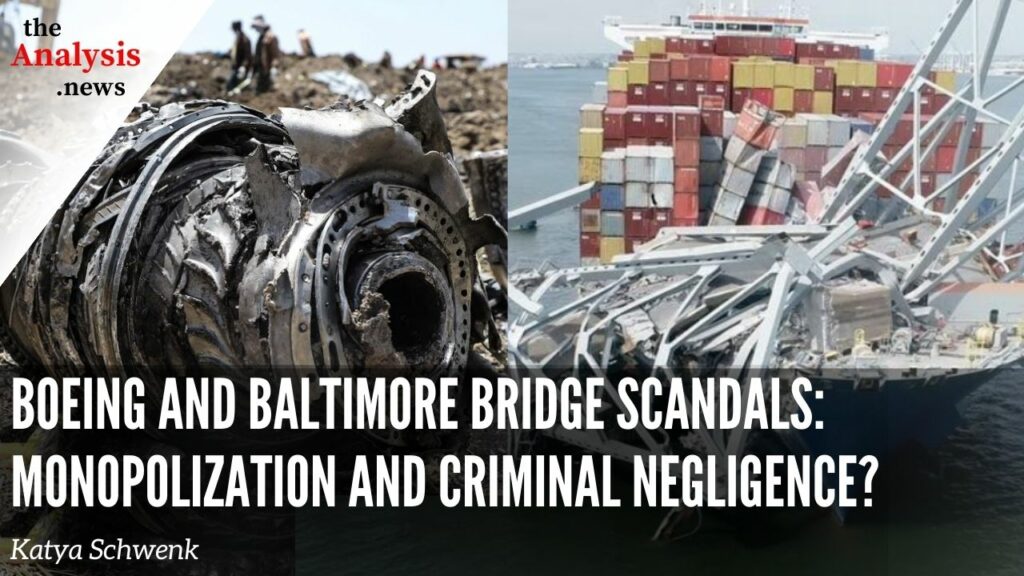

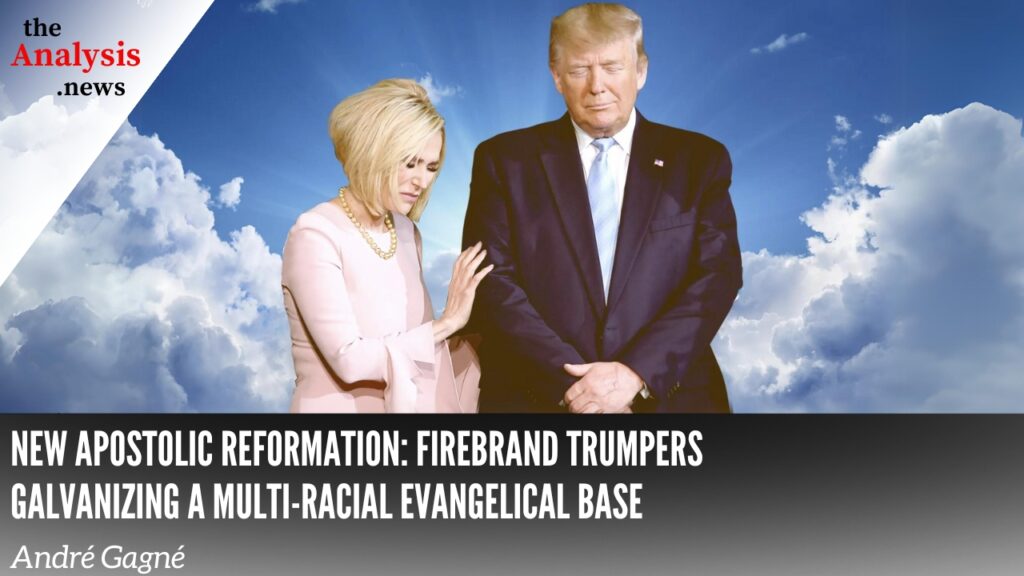

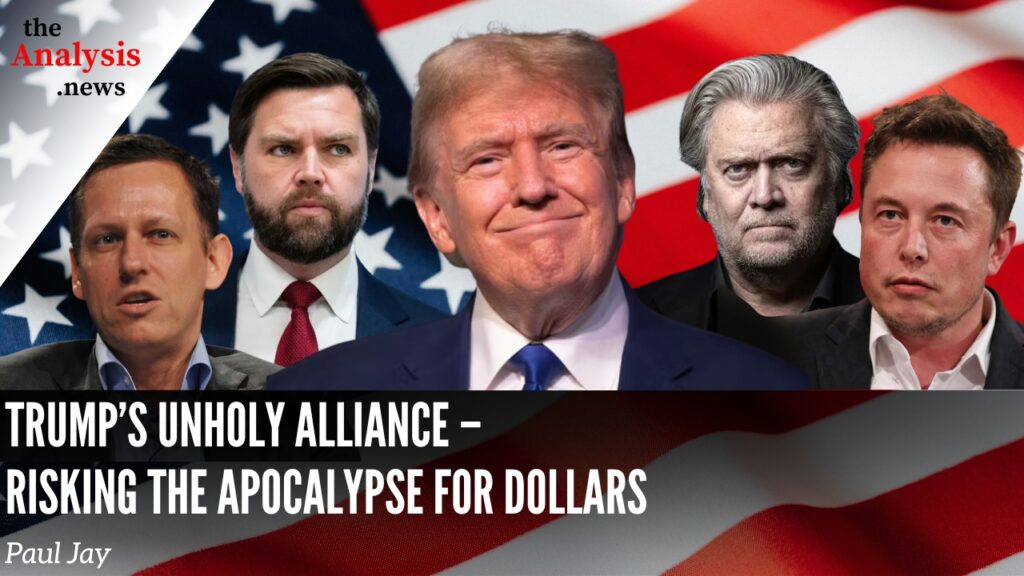
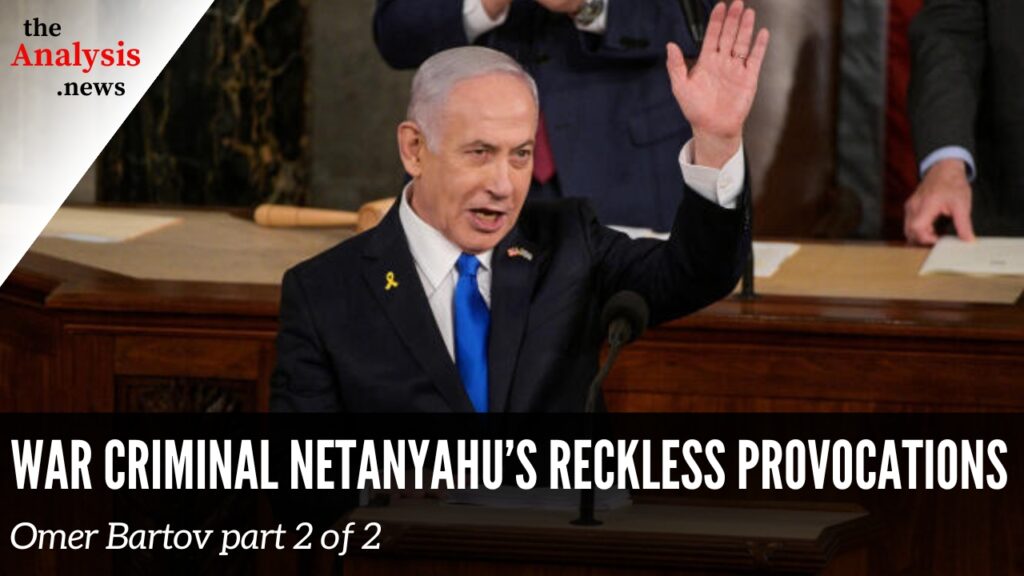
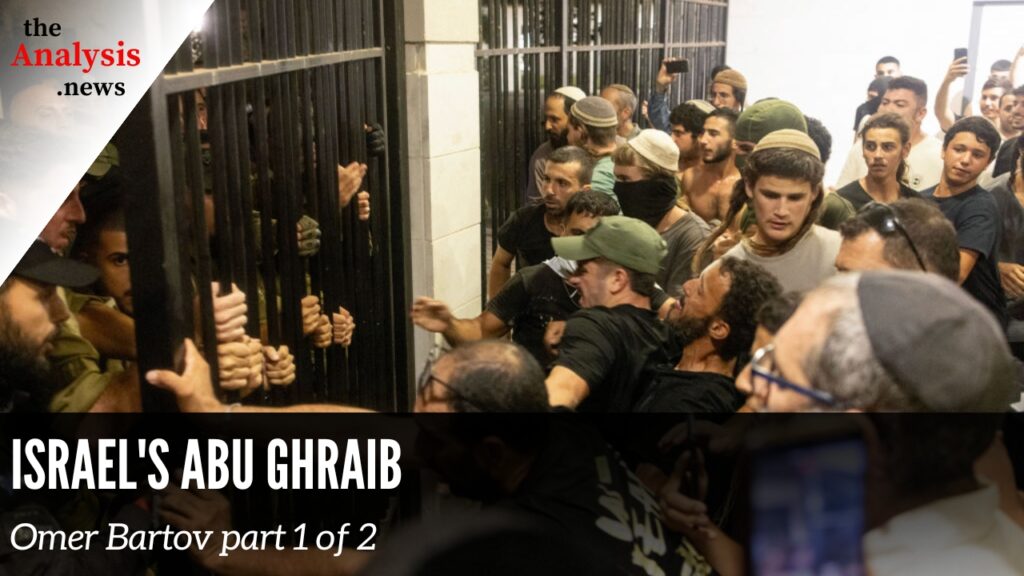
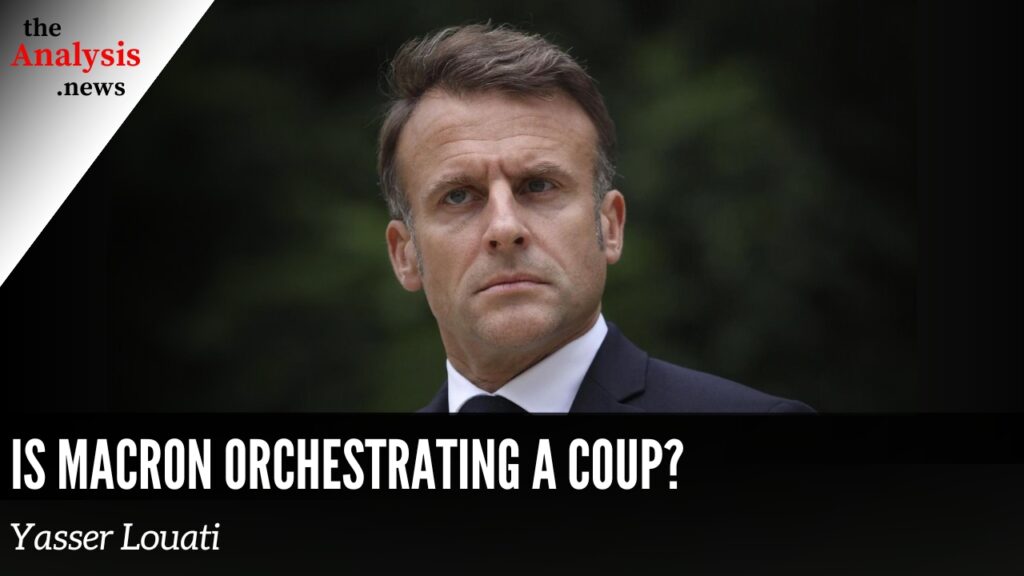
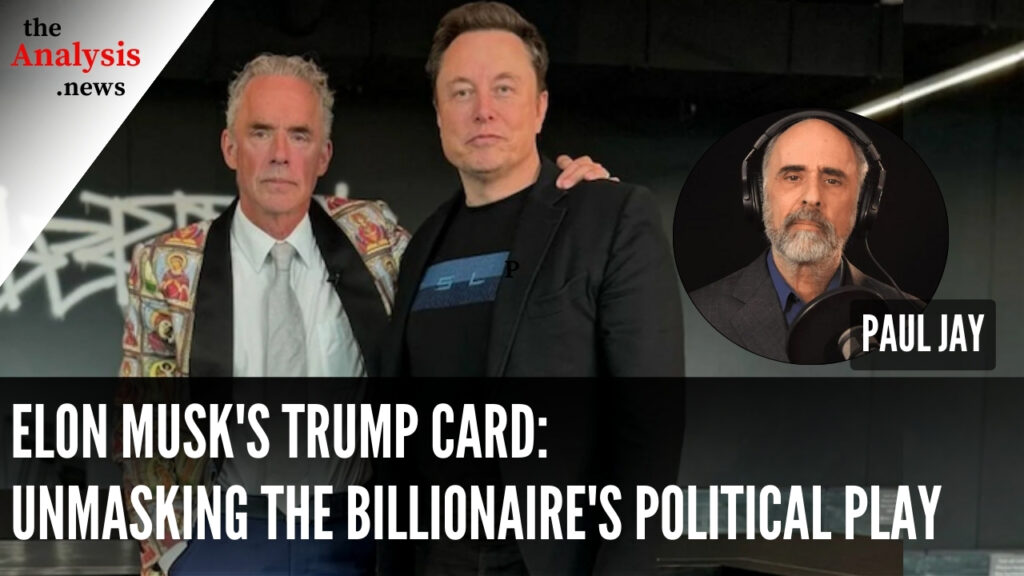


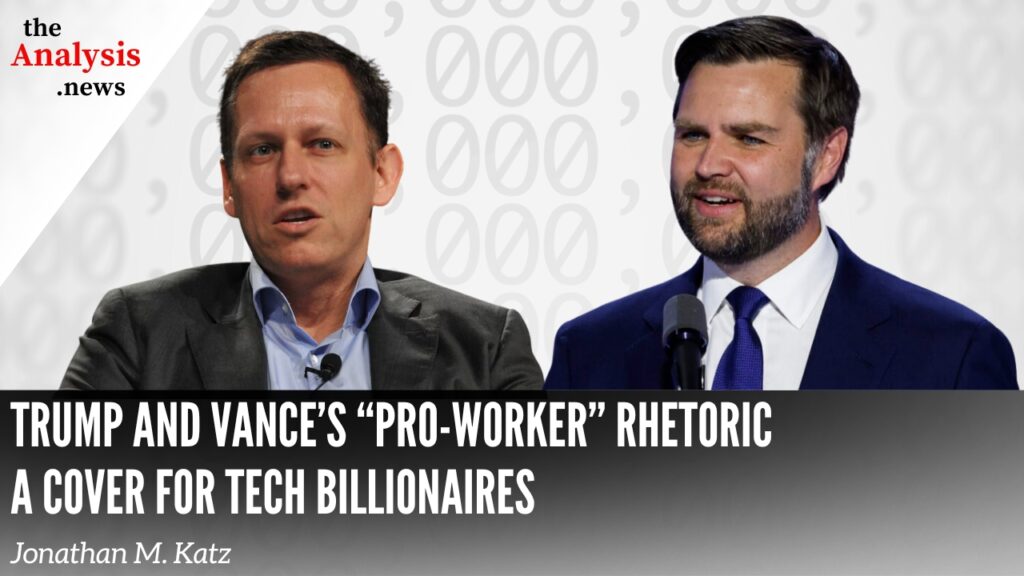
Honest Government Ad | Freedom of Information Laws